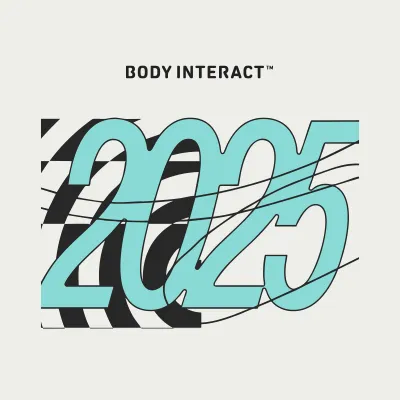How to Optimize Learning Time?
The relationship of time to learning is complex. More time does not always equate to higher quality. The real question is how you spend or invest the time of your students.
Researchers refer to three different concepts:
- Allocated time – total number of days or hours students are required to attend school;
- Engaged time – part of the day when students are participating in learning activities such as paying attention, completing work, listening to lectures, or engaging in relevant discussions;
- Academic learning time – part of engaged time when students are actively, successfully, and productively engaged in learning relevant academic content.
As an educator, it is challenging to balance this exceptionally scarce resource. This includes not only the time during classes but also the time spent investigating, preparing, and evaluating everything. Nevertheless, Virtual Patient Simulation came to overcome this challenge and became part of the solution for teachers’ daily routines.
Plan ahead to optimize learning time
Preparing the class beforehand means defining a clear and realistic outline of your objectives for each lesson. It helps you anticipate any potential challenges, questions, or difficulties and prepare for them.
To facilitate this process, the Body Interact Learning Management System – BI Studio is at your disposal.
In this online platform, you’ll be able to review all the detailed information of each scenario – from the learning objectives to the Quick Solution Guide. This way you won’t need to run all of the scenarios to understand the main purposes, identify the clinical conditions and actions required to succeed, and if they fit your learning objectives.
Promote active learning
It is always important to balance theory and practice, like incorporating traditional teaching methods with technological integration.
Incorporating Virtual Patient scenarios promotes active engagement, leads to focused learning, and stimulates curiosity, creativity, and strategic thinking. Group discussions, collaborative projects, and hands-on activities can boost student engagement, motivation, and focus.
Remember, when utilizing Body Interact, it’s not necessary to perform the entire scenario. You can use it to demonstrate and compare a lab test result or a medical exam, for example.
Request feedback and improve
Evaluate your performance, results, and feedback regularly and identify what works and what doesn’t. At the end of a theme or class session, request feedback from your students. You won’t be just identifying your strengths or weaknesses, but you will be addressing their social and communication skills.
As we always say: learn from your own mistakes and experiences. Celebrate your successes, and set new goals. Only those who never attempt are guaranteed not to fail.
What strategies are you applying to optimize your student’s learning time?
Share your tips with us!









